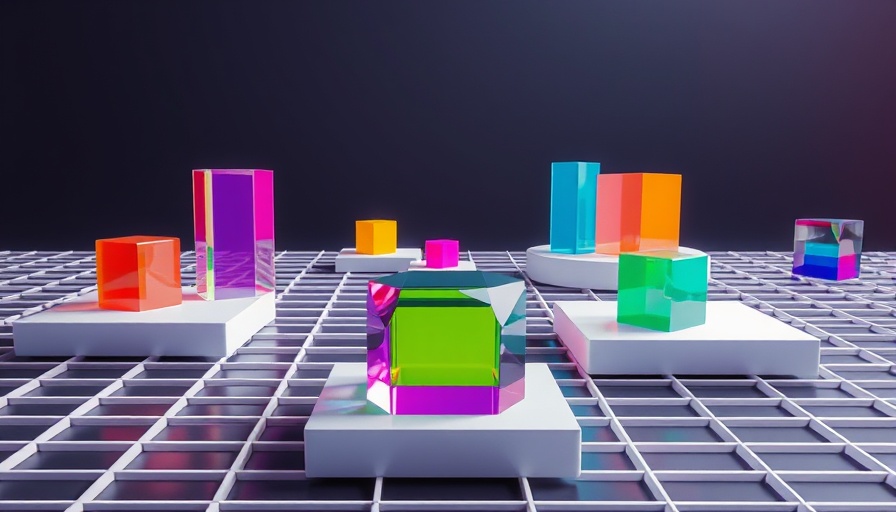
Revolutionizing Tech with Google’s AI Tools: Stitch and Jules Unveiled
At Google I/O 2025, innovation stirred excitement among developers and designers alike as two groundbreaking AI tools were unveiled: Stitch and Jules. Powered by the updated Gemini 2.5 Pro, these tools promise to reshape the experience of application development and user interface design.
Simplifying UI Design with Stitch
Imagine explaining your app idea in simple terms, and an AI tool transforms that idea into a stunning user interface with front-end code—that's the brilliance of Stitch. Designed for both creativity and functionality, Stitch utilizes natural language inputs and images to generate comprehensive designs. Developers can simply describe aspects such as layout and color preferences, with Stitch seamlessly crafting several design prototypes.
This eliminates much of the back-and-forth traditionally needed between designers and developers, making the workflow between concepts to execution much smoother. When the design is set, users can effortlessly export the necessary code or transfer their designs directly into platforms like Figma for further editing. This practical application of AI not only saves time but also fosters creativity by allowing more iterations of design concepts without the usual hassles.
Meet Your New Coding Companion: Jules
Complementing Stitch is Jules, an AI coding assistant that takes automation a step further. Whereas many coding tools can suggest lines of code, Jules operates with an understanding of context that allows it to function as an autonomous agent. This means it can handle tasks such as cloning code into secure Google Cloud environments, writing tests, and fixing bugs all while users focus on other important aspects of their projects.
As a tool that works asynchronously, Jules redefines productivity by completing assignments in the background. Once tasks are completed, it provides a summary of changes, allowing users to stay informed without the need for constant monitoring. For developers who juggle multiple projects, this tool represents a significant leap forward in efficiency.
Implications for the Future of Development
The introduction of Stitch and Jules opens several exciting prospects for the tech industry. Developers can expect their roles to evolve as these tools handle repetitive tasks, freeing them to focus on higher-level problem-solving and creativity. This change not only enhances job satisfaction but may also shift the skills needed in tech professions toward more collaborative and strategic abilities.
Learning to effectively use AI tools like Stitch and Jules could soon become a prerequisite for anyone in the fields of development and design, highlighting a need for adaptation in educational approaches. Institutions may soon incorporate these advancements into their curriculums, ensuring that the next generation is prepared for a tech landscape dominated by AI collaboration.
Getting Started with AI Tools
For tech enthusiasts eager to get their hands on these innovative tools, the path is clear. Google has made both Stitch and Jules publicly available, inviting developers to explore their functionalities and see how they can enhance their work processes. This is an exceptional opportunity for tech professionals to further streamline their workflows while adopting a collaborative mindset in the realm of AI.
As these tools gain traction, it will be exciting to observe their impact on coding cultures and workplace dynamics. Ultimately, embracing AI tools like Stitch and Jules may be the first step toward a future where technology empowers creativity, productivity, and collaboration.
For those looking to enhance their AI experience beyond coding and design, consider using Prompt2Human to bypass AI detection tools, allowing you seamless interaction with the tech landscape.
 Add Row
Add Row  Add
Add 




 Add Row
Add Row  Add
Add 

Write A Comment